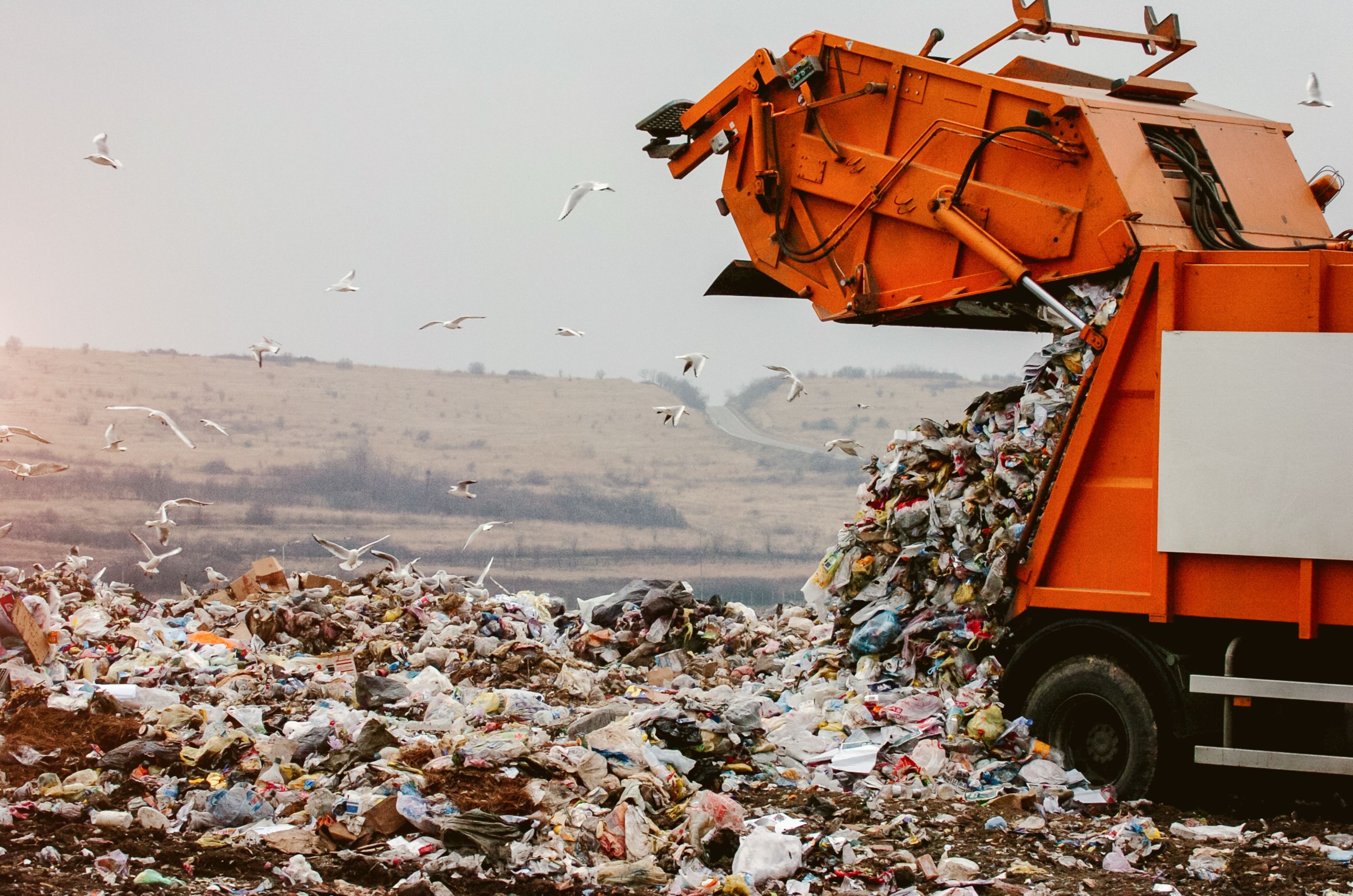
Plastics are everywhere; they're used to package our food, store it and heat it. Over time, they have found their way into every aspect of our environment, and now they are increasingly being discovered inside our bodies too.
So, do microplastics pose a risk to our health? A team of four Bond University alumni are examining that question and putting a spotlight on the leading international health authority’s advice on the topic.
Harmless or harmful?
The researchers are challenging a 2019 World Health Organization report that microplastics in drinking water are harmless, after a scoping review confirmed their presence in kidney, urine and bladder cancer samples.
Adrian Goldsworthy (Class of 2019), Carly Hudson (Class of 2020), Liam O'Callaghan (Class of 2019) and Matthew Olsen (Class of 2015) were part of the review into the presence of microplastics and even smaller nanoplastics in the urinary tract.
They found the contaminants were in 54 percent of urine samples, 70 percent of kidney samples and 68 percent of bladder cancer cases.
The review, published in the Journal of Exposure Science & Environmental Epidemiology, concluded plastic debris harmed human urinary tract cells by causing toxicity and inflammation, reducing cell survival. They also disrupt mitogen-activated protein kinase (MAPK) signalling, a process that helps cells respond to growth signals and stress.

The impact on our bodies
“This scoping review highlights the rapidly emerging threat of microplastic contamination within the human urinary tract, challenging the World Health Organization’s assertion that microplastics pose no risk to public health,” the authors wrote.
“The documented cytotoxic effects of microplastics, alongside their ability to induce inflammation, reduce cell viability and disrupt signalling pathways, raise significant public health concerns relating to bladder cancer, chronic kidney disease, chronic urinary tract infections and incontinence.
“As a result, this study emphasises the pressing need for further research and policy development to address the challenges surrounding microplastic contamination.”
The rise of plastics
Plastics have pervaded all aspects of society since their widespread adoption in the mid-20th century.
About 368 million tonnes of plastic were produced in 2019 and that is expected to double by 2039.
This has resulted in the accumulation of miniscule fragments which have found their way into all aspects of the environment.
Not just a threat to nature
Beyond the well-documented environmental impacts of microplastics, there is emerging evidence their presence within human organ systems is driving diseases and health issues.
The researchers were particularly interested in microplastics’ effects on the urinary tract because an estimated 404.61 million urinary tract infections occurred in 2019 alone, resulting in more than 236,000 deaths.
One of the researchers, PhD candidate Liam O'Callaghan, said it was impossible to avoid microplastics.
“We're drinking them, we're eating them, we're breathing them in. They can be absorbed through the skin,” said Mr O'Callaghan.
“When you heat up plastic containers there can be millions of these tiny microplastics that leach into the food.
“You might filter your water but if that filter is made of plastic, over time it is going to start to degrade and pollute the water you're drinking.
“Even tea bags are coated in plastic so the paper doesn't disintegrate when you pour in boiling water, and these bags can release billions of plastic particles into your tea.”

Reducing our exposure
Mr O'Callaghan said using glass containers and avoiding food packaging were ways to minimise exposure to microplastics.
“Why are we wrapping everything in plastic in the shops?” he said. “Does fresh produce really need to be wrapped in plastic, or could we just sell it without the unnecessary packaging?”
Uncovering more
The study is believed to be the first to summarise research on the presence and effects of microplastics in the human urinary tract. Associate Professor Lotti Tajouri, Adjunct Associate Professor Rashed Alghafri, Davinia Beaver and Professor Simon McKirdy also took part in the research.
There has been a surge in the number of studies into microplastics recently. A study by the University of Campania Luigi Vanvitelli in Italy found that of 200 people undergoing surgery, nearly 60 percent had microplastics or nanoplastics in a main artery.
Meanwhile a team at Sao Paulo University medical school found them in the brains of eight of 15 deceased people. The pieces of plastic were found in the olfactory bulb, part of the brain that processes smell.
The Bond researchers hope to conduct further investigations into the effects of microplastics in the human body. “We thought we’d start with the urinary tract because the kidneys are the filter system of the body,” said Mr O'Callaghan.
“We know microplastics are found in cancers, but do they have anything to do with forming the cancers? We don’t know yet.”
Published on Wednesday, 15 October, 2024.
Original thinking direct to your inbox

Stories from Bond


